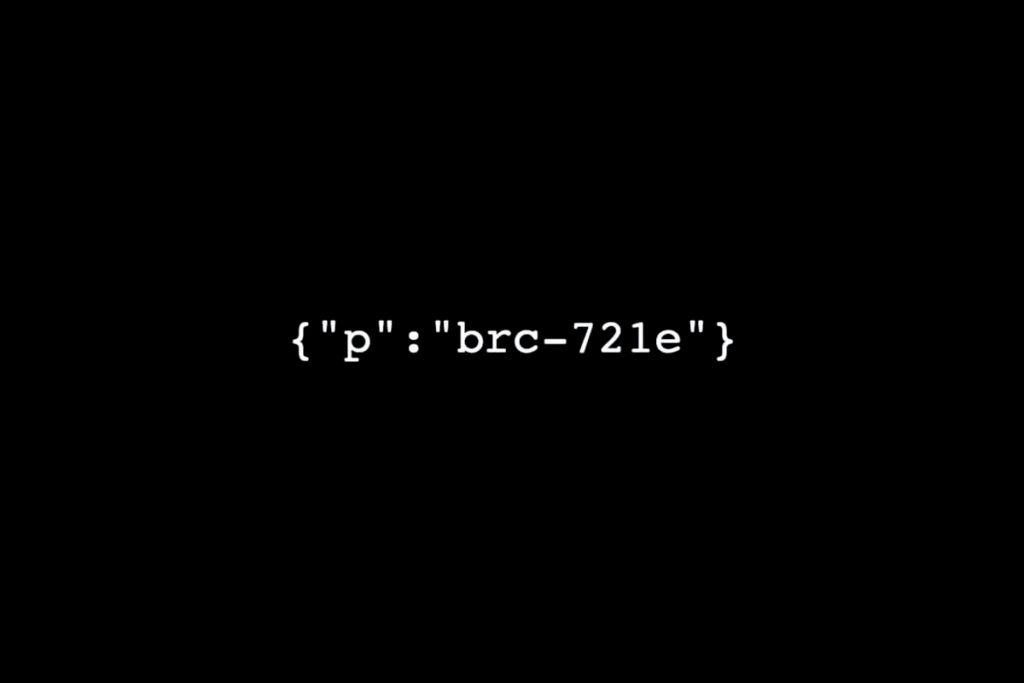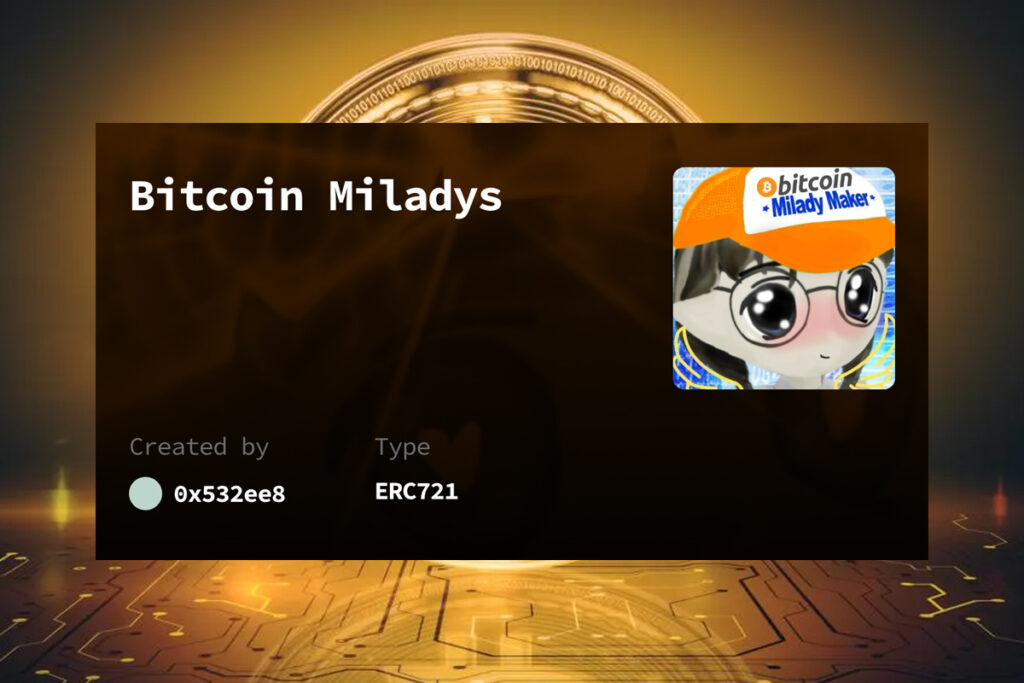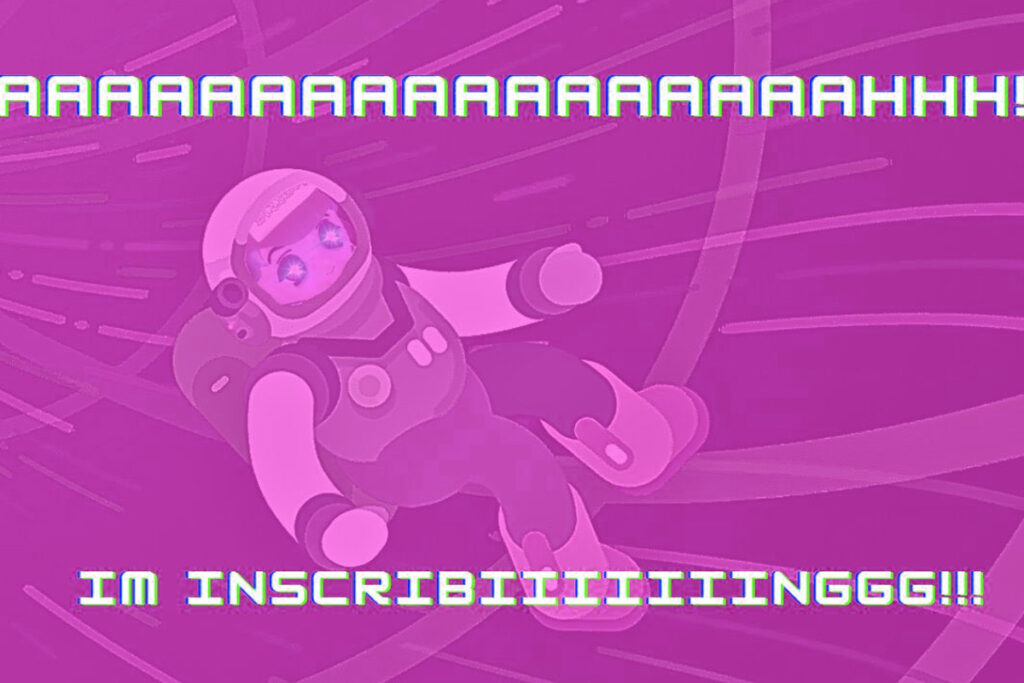Ordinals Market and Bitcoin Miladys, the Bitcoin NFT marketplaces, have collaboratively introduced the BRC-721E standard. This standard enables the seamless migration of ERC-721 NFTs to Ordinals without the need for pre-embedding the complete series of NFTs. The migrated NFTs retain their immutability and verifiability.
Ordinals Market And Bitcoin Miladys Launched New Standard BRC-721E

As per the information provided on the official website, Ordinals Market and Bitcoin Miladys, the Bitcoin NFT marketplaces, have jointly introduced the BRC-721E standard. This standard enables the migration of ERC-721 NFTs to Ordinals without the requirement of embedding the entire NFT series beforehand.
The BRC-721 tokens derive their name from the Ethereum smart contract token standard for NFTs, ERC-721 tokens. The adoption of a common file and metadata facilitates the development of oracles that scan the Bitcoin blockchain for specific transactions and relay that data to wallets or markets.
When bridging NFTs, the BRC-721E standard encodes data directly into a burn transaction, specifying a Bitcoin address to receive the inscription. Previously, Teleburn necessitated knowledge of the inscription ID before destroying the ETH NFT.

However, with BRC-721E, destruction can occur before burning, making the destruction transaction serve as an inscription request on the chain. Users can also utilize this feature to receive airdrops. Moreover, the standard allows indexers to collect data from both chains, providing rich and dynamic metadata on Bitcoin at a minimal cost. The standard is designed with the capability for future upgrades and additional on-chain data.
Efforts to integrate non-fungible tokens (NFTs) into the Bitcoin blockchain have been underway for over a decade. The journey began in 2014 with Counterparty, the creators of the Rare Pepe NFT collection, and continued with Stacks in 2017. The Inscription procedure involves writing or inscribing the recorded material data onto the witness of a Bitcoin transaction. The witness was introduced to the Bitcoin network as part of the SegWit update in 2017.
Ordinals have gained significant popularity in the Bitcoin ecosystem. In April 2023 alone, the daily record for inscriptions using Ordinals was broken four times, as users flooded the network with photographs, video games, and various other forms of information.

Ordinal Inscriptions, similar to NFTs, are digital assets inscribed on satoshis, which represent Bitcoin’s smallest denomination (BTC). The ability to inscribe on satoshis, named after Bitcoin’s pseudonymous founder Satoshi Nakamoto, became possible with the Taproot update, implemented on the Bitcoin network on November 14, 2021.
To access more crypto news: cryptodataspace.com















1 Comment